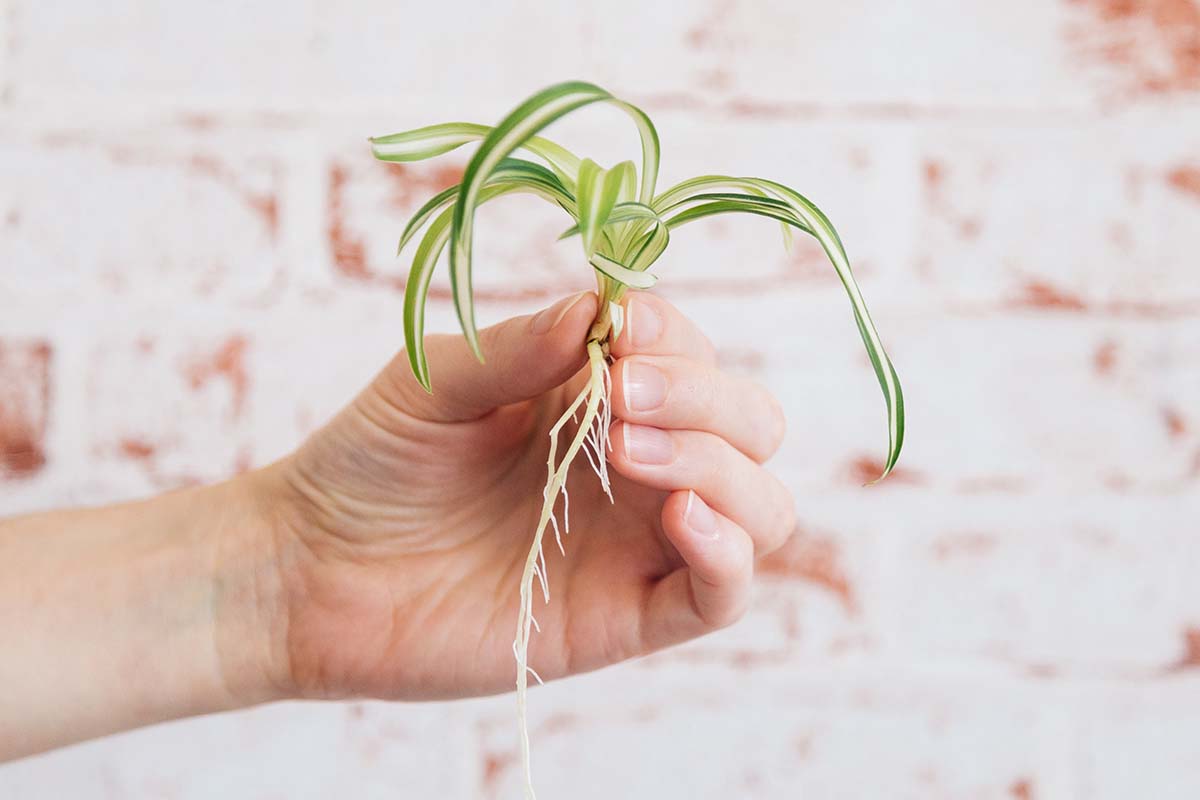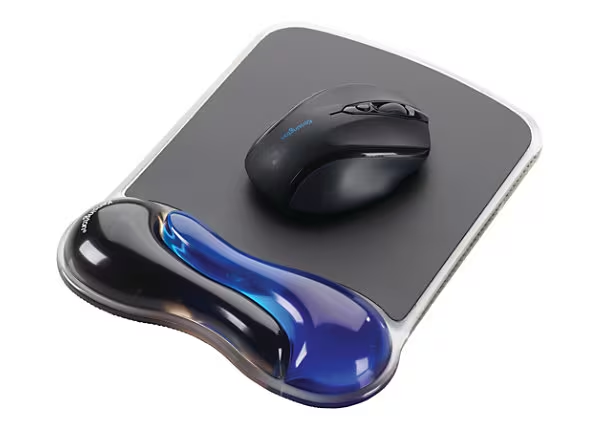introduction to spider plant babies
Spider plants, scientifically known as Chlorophytum comosum, are beloved houseplants renowned for their air-purifying qualities and easy-going nature. One of the most delightful aspects of caring for a spider plant is watching it produce “babies” or “pups,” which are small offshoots that sprout from the mother plant. These charming little plants can be propagated to create new greenery for your home or to share with friends. In this guide, we’ll dive deep into the world of spider plant babies, covering everything from their anatomy to care tips, propagation techniques, and even the science behind why these plants thrive. So, grab your gardening gloves, and let’s get started!
Understanding Spider Plant Anatomy
The Basics of Spider Plants
Before we dive into the specifics of spider plant babies, it’s essential to understand the anatomy of the spider plant itself. The spider plant features long, arching leaves that are typically green with white stripes running along their length. These leaves can grow up to 24 inches long, creating a cascading effect that many plant enthusiasts adore.
At the center of the plant is a rosette of leaves that gives it a bushy appearance. Spider plants are also known for their small, white flowers that can bloom on long, slender stems. While these flowers are lovely, they are the precursor to the baby plants that many gardeners find so appealing.
What Are Spider Plant Babies?
Spider plant babies, or pups, emerge from the mother plant via long stems called stolons. These stolons extend outward from the base of the plant, often several inches away from the mother plant. Each pup is essentially a mini-version of the spider plant, complete with leaves and a root system, although initially, the roots may not be fully developed. These babies can be left to grow on the mother plant or can be propagated for a new plant entirely.
Why Do Spider Plants Produce Babies?
The ability of spider plants to produce pups is a form of asexual reproduction. This process allows the plant to expand its presence without relying on pollination. Environmental factors like light, temperature, and overall plant health can influence how many pups a spider plant produces. In ideal conditions—such as bright, indirect sunlight and moderate watering—spider plants will thrive and produce multiple babies, making them a rewarding addition to any indoor garden.
Caring for Your Spider Plant Babies
Light Requirements
Spider plants thrive in bright, indirect light. If you’re caring for spider plant babies, make sure they receive adequate light to grow strong and healthy. Direct sunlight can scorch their leaves, while too little light can result in leggy growth. Ideally, place your spider plant babies near a window that receives filtered sunlight. If you notice the leaves starting to turn yellow or brown, it might be a sign that they are getting too much direct sunlight.
Watering Needs
Watering is crucial for the health of your spider plant babies. They prefer to be kept slightly moist but can also tolerate periods of dryness. A good rule of thumb is to water your spider plant when the top inch of soil feels dry to the touch. Make sure to use well-draining soil and pots with drainage holes to prevent waterlogging, which can lead to root rot.
Overwatering is one of the most common mistakes made by spider plant owners. If you notice the leaves turning brown or mushy at the base, it may be a sign of overwatering. Conversely, if the leaves are curling or becoming crispy, it may indicate that the plant is too dry. Striking the right balance is key to healthy growth.
Temperature and Humidity
Spider plants are adaptable to a range of indoor conditions, but they prefer temperatures between 65°F and 75°F (18°C to 24°C). They can tolerate lower temperatures but should be kept away from drafts or sudden temperature changes, which can stress the plant.
As for humidity, spider plants appreciate a bit of moisture in the air. While they can survive in average indoor humidity levels, providing extra humidity can encourage healthier growth. If you live in a particularly dry climate, consider placing a humidifier nearby or misting your spider plant babies occasionally.
Propagation Techniques for Spider Plant Babies
When to Propagate
Timing is crucial when it comes to propagating spider plant babies. The best time to propagate is during the growing season, typically in spring or early summer when the plant is actively growing. This allows the pups to establish roots more easily before entering the dormant fall and winter months.
Look for healthy pups that are at least a few inches long and have developed some roots. If the pups are still small and underdeveloped, it’s best to wait a bit longer for them to grow before attempting to propagate.
How to Propagate Spider Plant Babies
There are a couple of effective methods for propagating spider plant babies, but the most common and straightforward way is through the following steps:
- Select a Healthy Pup: Choose a pup that is at least a few inches long and has developed some roots.
- Cut the Stolons: Use clean, sharp scissors or pruning shears to cut the stolon (the stem connecting the pup to the mother plant) about an inch away from the base of the pup.
- Prepare the New Pot: Fill a small pot with well-draining potting soil. You can use a mixture designed for houseplants or make your own by combining peat moss, perlite, and regular potting soil.
- Plant the Pup: Create a small hole in the soil with your finger or a stick, and gently place the pup in the hole, covering the roots with the soil. Be careful not to bury the leaves.
- Water and Care: Water the newly potted pup thoroughly, allowing excess water to drain out. Place the pot in a location with bright, indirect light, and maintain consistent moisture in the soil.
Alternative Propagation Method: Water Propagation
If you prefer a more visual method, you can propagate spider plant babies in water. This technique allows you to see the roots develop, which can be quite satisfying. Here’s how:
- Cut the Stolons: Similar to the soil method, use scissors to cut the stolon about an inch away from the pup.
- Place in Water: Fill a clear glass or jar with water and place the pup in it, ensuring that the roots are submerged while the leaves remain above the waterline.
- Provide Light: Position the glass in a location with bright, indirect light.
- Change the Water: To prevent stagnation, change the water every few days.
- Transplanting: Once the roots are a few inches long, transplant the pup into the soil following the same steps as in the soil propagation method.
Common Issues with Spider Plant Babies
Pests and Diseases
Spider plants are generally hardy, but they can occasionally fall victim to pests such as spider mites, aphids, and mealybugs. If you notice small webs, sticky residue, or white cotton-like patches on the leaves, it’s time to act.
For minor infestations, wiping the leaves with a damp cloth can be effective. If the problem persists, consider using insecticidal soap or neem oil, which are safer alternatives to harsh chemicals.
Yellowing Leaves
If the leaves of your spider plant babies start to yellow, it could indicate several issues. Overwatering, underwatering, or insufficient light can all cause this symptom. Assess your care routine to determine the underlying cause.
Root Rot
One of the most significant threats to spider plants is root rot, often caused by overwatering or poor drainage. If you notice the leaves wilting, turning yellow, or developing a mushy texture, carefully remove the plant from its pot and examine the roots. If they are brown and mushy, cut away the affected roots and repot the plant in fresh, well-draining soil.
Benefits of Spider Plant Babies
Aesthetic Appeal
Spider plants add a unique charm to any space, with their cascading leaves and vibrant pups. They can be displayed in hanging pots, which not only saves space but also allows the babies to trail down beautifully, creating a stunning visual impact.
Air Purification
One of the standout features of spider plants is their ability to purify indoor air. They have been found to remove common pollutants like formaldehyde and xylene, making them a great choice for homes and offices. By propagating spider plant babies, you’re not only enhancing your décor but also improving your indoor air quality.
Low Maintenance
Spider plants are perfect for beginners or those with busy lifestyles. They require minimal care, making them a great choice for anyone looking to add some greenery without the stress of high maintenance. Their resilience means they can bounce back even if you occasionally forget to water them.
Creative Ways to Display Spider Plant Babies
Hanging Baskets
One of the most popular ways to showcase spider plant babies is in hanging baskets. The long leaves of the spider plant will cascade down, creating a lush, green waterfall effect. This is particularly striking when the babies are allowed to grow out and dangle freely.
Terrariums
For a unique touch, consider incorporating spider plant babies into a terrarium. Their ability to adapt to various environments makes them suitable for a closed terrarium setup. Ensure that the terrarium has good ventilation and light to keep the plants thriving.
Mixed Planters
Spider plant babies can also be combined with other houseplants in a mixed planter. Their lush foliage can complement flowering plants, succulents, or even other types of greenery. Just be mindful of each plant’s light and watering needs to ensure they all thrive together.
Conclusion: Embracing the Joy of Spider Plant Babies
Spider plant babies are not only adorable additions to your indoor garden, but they also serve as a testament to the resilience and adaptability of nature.




